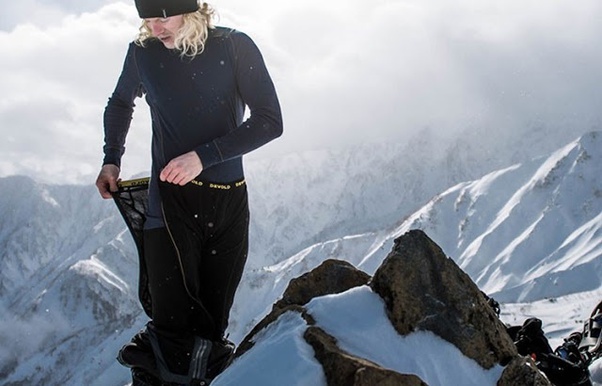
To build up the ultimate layout system, start by concentrating your underwear (also known as the “root” layer) on the foundation of that system. The layer touching your skin begins with comfort on the outside.
In selecting a base layer, you have three key considerations:
· Issues of the material: the fabric is your biggest option. You need it to wick well regardless of whether you go for synthetic or normal (move sweat off your skin).
· High decisions: it is fairly “soft” with thicker fabrics that lay down a little extra warmth, “midweight” with thicker fabrics.
· Fitness factors: To carry out their tasks, you have to have direct contact with the skin to make it fit.
Fabrics of underwear
As thermal inner wear online has been made as a basic layer, you may suppose that suitable moisture work is done in its cloth. If you have no already strong preference, consider each form of base layer fabric with the following attributes:
Synthetic systems
Polyester is one of the most popular synthetic textiles for long wear. Nylon, polypropylene or rayon or a combination of fabrics may also be visible. Spandex fabrics provide a comfortable range and can fit snugly without being restrictive. The following characteristics are present in synthetics:
• Super dry: Synthetics excellence in wicking and sweating, so they make you feel the driest of all types of textiles.
• Robust: no base layer is invincible, but synthetics are your best bet you if you are looking for the most durable alternative.
• Retention of odor: some synthetic products add a finish that prevents the growth of odor-provoking bacteria. If you go between washes for some days, it will help tolerate stinkiness.
Wool Merino
It’s not the itchy woollies of your ancestors. Thanks to its smooth, ultrafine fibers, merino wool has almost fully substituted conventional wool. Wool may also be combined with other textiles, such as spandex, to improve fitness and versatility. The following features are present in Merino wool:
- Okay, wicks: in its center, there’s some humidity in wool that won’t chill you, but wool doesn’t feel as dry as a synthetic tissue. When it gets wet, it will also be longer to dry.
- Cool: the humidity is releasing in the center of its fibers when the weather is up, which in warm weather can bring some cooling.
- Odor-free: while wool fanatics who complain endless days of sweat without a discouraging sniff may not believe it, it is completely true that wool is extremely immune (and of course resistant) against bacteria that cause odors.
Silk
The legendary softness of Silk shows that it is a viable basis for key activities such as a fast fall ride or an outdoor night concert. Silk is characterized by the following:
- Moderate wicking: you should be fine if you do not move your heart rate out of your target area; silk thermal inner wear has been introduced to increase wicking.
- Suppleness: Silk glides easily under other layers, invariably a lightweight option; it is not particularly long-lasting.
- Preservation of odor: Silk is not immune to odor, so it must be washed once it is worn.

